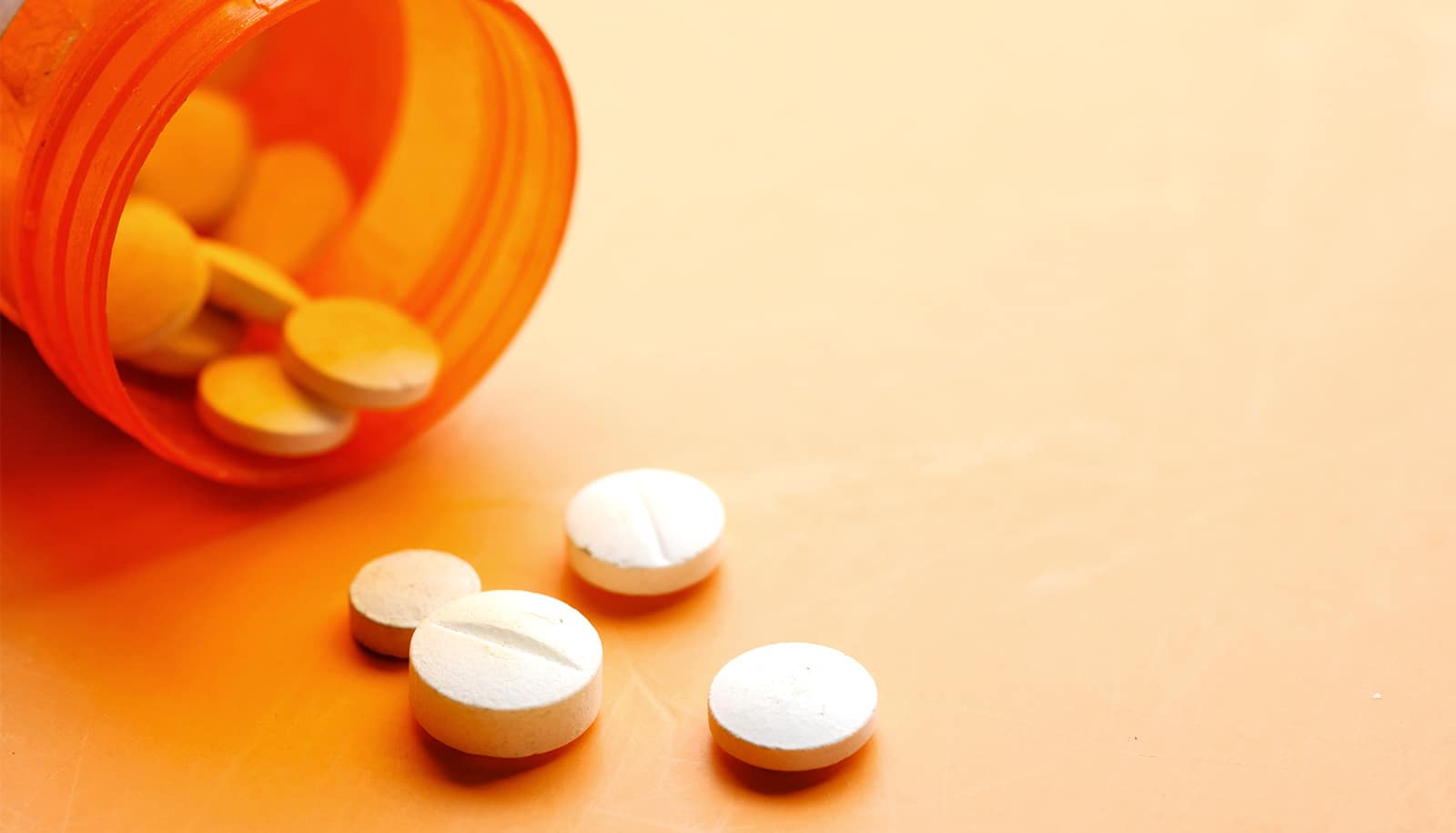Since 2009, US high school seniors have reported steep declines in medical use, misuse, and availability of the three most commonly prescribed and misused controlled substances for teens, according to a new study.
For the study, which apepars in JAMA, researchers compared use trends, sources, and perceived availability of opioids, stimulants, and benzodiazepines from 2009 to 2022.
“To put these findings in context, the reduction over the past decade was like going from 1 in every 9 high school students using prescription drugs nonmedically down to 1 in every 40 high school students,” says Sean Esteban McCabe, professor of nursing and director of the Center for the Study of Drugs, Alcohol, Smoking and Health at the University of Michigan.
“While this decrease is encouraging, we need to be vigilant because any amount of nonmedical use poses risks, especially with the danger posed by counterfeit pills.”
Other findings from 2009 through 2022:
- Lifetime medical use decreased from 24% to 16%.
- Past-year misuse declined from 11% to 2%.
- The percentage of adolescents who reported being given prescription medications by friends or buying them from friends, both fell by more than half.
- In 2009, adolescents who reported misusing prescription medications says the most common source was friends. Now, it is one’s own prescription (37%).
- Among adolescents who reported misuse, those with multiple sources for obtaining prescription medications dropped from 56% to 29%.
- Perceived difficulty of obtaining prescription medications for misuse declined across the three drug classes.
- The percentage of adolescents who reported that they thought it would be impossible to get prescription drugs for misuse increased from 36% to 49%.
School closures during COVID accounted for the largest changes because students had limited contact with each other, and opportunities to sell or give away prescription drugs to friends declined, McCabe says.
The declines may be partially due to changes in prescribing practices, especially for opioids, says coauthor Philip Veliz, research associate professor of nursing, The study did not examine specific trends based on drug class.
“Prescribing practices have changed dramatically because we had an opioid epidemic, which turned into a heroin epidemic, and we’re still reeling from that, especially with fentanyl,” Veliz says. “A lot of this also has to do with parents having better knowledge and oversight of these medications.”
The steep decline in teens who misused prescription medications in the past year, from 11% to 2%, surprised researchers.
“That’s a massive decline. It used to be 1 in 9 kids, now it’s an incredibly rare event at this point,” Veliz says. “The second surprise was that… nearly half of kids say it’s probably impossible to get these drugs if they want to use them nonmedically right now. That’s a big chunk of the adolescent population, and this is just off the table.”
Another surprise is that the landscape has not returned to what it looked like before COVID, McCabe says.
“Adolescents have found it more difficult to obtain prescription stimulants for nonmedical use in recent years, which is a positive sign,” he says. “There needs to be more attention on stimulant use and diversion, and our team is currently working on such studies to help inform clinical guidelines for ADHD and stimulant use disorder.”
The National Institute on Drug Abuse supported the work, which used data from 12th grade students collected in 2009 through 2022 from the Monitoring the Future study, an annual survey at University of Michigan that tracks student substance use and other related trends.
Source: University of Michigan



